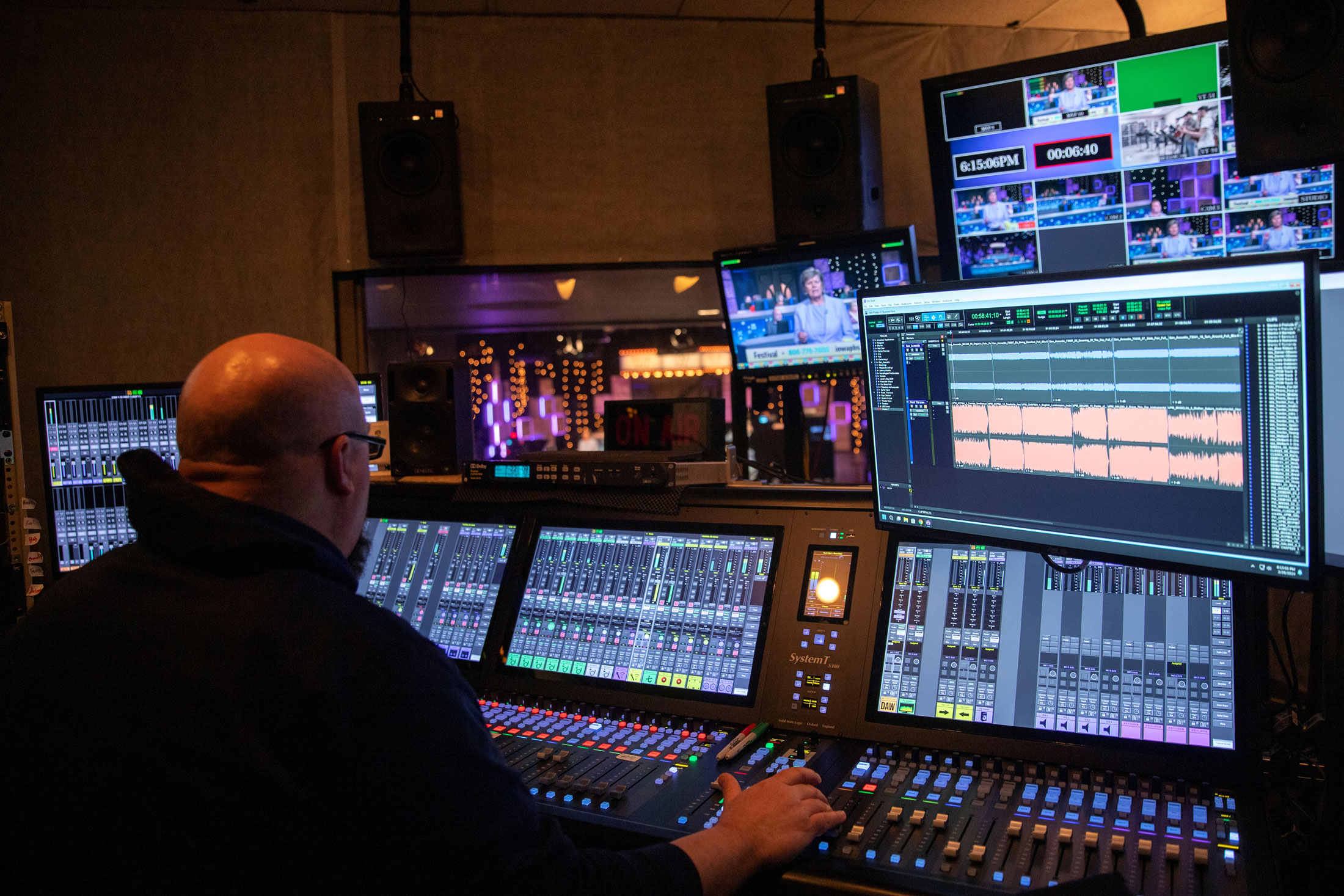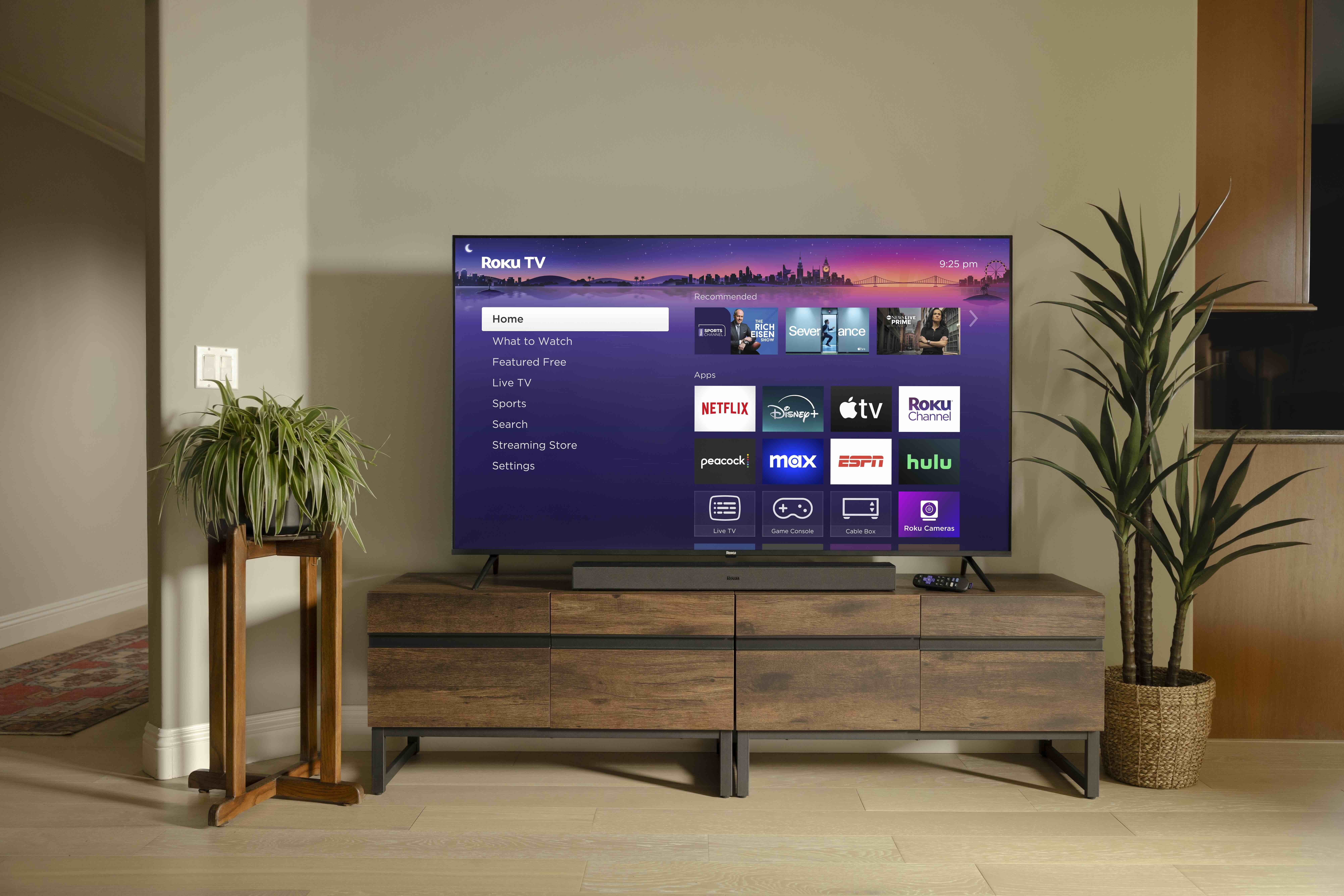Iowa PBS Adds Three SSL System T S300 Mixers
Two of the mixers are being used in Iowa PBS control rooms, and another in a broadcast truck

JOHNSTON, Iowa—Iowa PBS has installed three new Solid State Logic System T S300 Dante-native audio mixing platforms.
The broadcaster installed a 48-fader S300 at its headquarters here in a control room connected to a studio theater capable of seating up to 300 people. It also installed a 32-fader S300 in another control room as well as the third in a mobile broadcast truck, the company said.
The three S300 control surfaces are each combined with a TE2 Tempest Engine supporting 256 processing paths and have been integrated with a wide variety of local and shared Network I/O interfaces and SB stageboxes, it said.
The new integration is the first step on the road to a wider Dante AoIP implementation, said David Feingold, senior audio engineer/production technician senior at the statewide broadcast network
“This is the first time we've used Dante. We only have two other pieces of gear — outboard recorders — that use Dante right now, but we can expand, which is really nice,” he said.
The Dante integration that’s a part of System T means “you don't ever have to go out to the Dante Controller to route things,” he said.
I really enjoy the built-in router in it as well, and how quick it is to route things internally. That's all Dante, so that was a big draw,” said Feingold, adding that the System T’s sound quality is “exactly what I would expect from SSL.”
The new platforms have replaced three SSL C100 HD digital desks that the network has used for about 16 years since transitioning to HDTV.
System T’s operational ergonomics are a change for the network’s audio operators compared to the more traditional knobs and switches of the older C100 worksurface, he said.
“System T is a much simpler tactile experience than the C100,” he said, adding “I really like the touchscreen interfaces.”
However, many System T features are familiar, driven by System T’s Tempest Engine’s processing power, which makes it possible for the broadcaster’s engineers to continue using established workflows. “Right out of the gate, I’m using the compressors just like I did before,” he said.
System T also offers many new built-in features that Feingold has found to be invaluable. “The de-esser is a huge thing for me. You used to be able to sidechain a de-esser in the C100, but now it's built into every channel in the System T — and it works great,” said Feingold. “The Automixer is another huge thing for our roundtable shows that we do. I use it subtly, not as a mixer, but more as a ducker.”
“The way that System T integrates with Pro Tools through the HUI control is very cool, as well,” he added.
System T’s advanced DAW control enables operators to make level changes using the console faders and also adjust plug-in parameters from the worksurface.
The two control rooms are networked together via Dante. While separate systems, the two share the same I/O throughout the building, giving the broadcaster greater flexibility and the ability to share the same resources, said Feingold.
More information is available on the company’s website.
Get the TV Tech Newsletter
The professional video industry's #1 source for news, trends and product and tech information. Sign up below.
Phil Kurz is a contributing editor to TV Tech. He has written about TV and video technology for more than 30 years and served as editor of three leading industry magazines. He earned a Bachelor of Journalism and a Master’s Degree in Journalism from the University of Missouri-Columbia School of Journalism.

